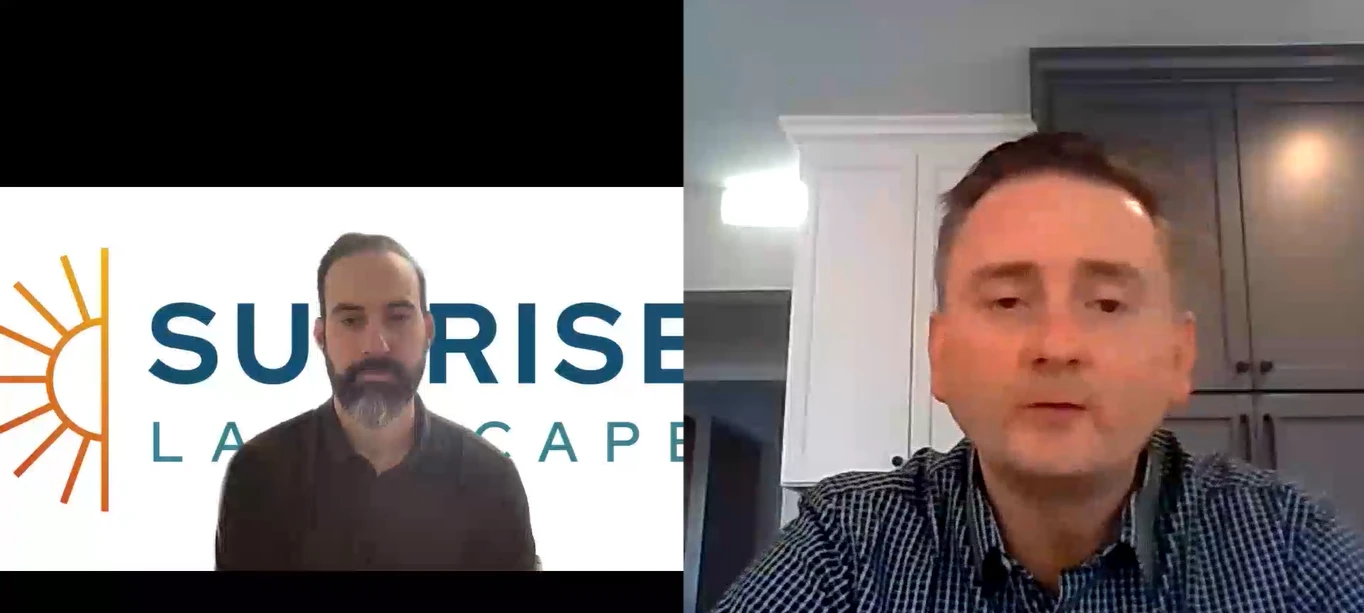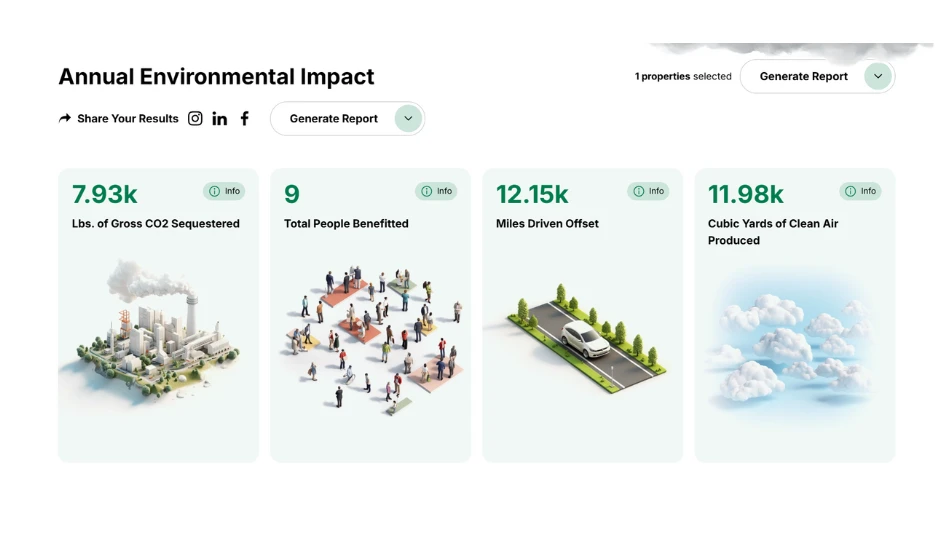
Nobody ever likes to get that dreaded phone call. The one where a client is canceling services.
But there are some steps companies can take to limit cancellations, track them to learn from their mistakes and get those customers back in the future. Andrew Wesselman, of A&A Lawn Care, and Beth Berry, vice president of business development for Real Green Systems, detailed these steps during Solutions 2021 Virtual in early January.
Berry holds the “Code Red: How to Save a Customer Before They Cancel” session every year.
“This isn’t anything new,” she says. “And some of it is not preventable.”
While it may not be new, Berry says the conversation is especially important this year due to the coronavirus pandemic.
“You’ll need to evaluate cancelations very carefully this year,” she says.
TOP CONCERNS. Whether its financial or health-oriented, Berry and Wesselman say COVID-19 has certainly caused more customers to re-evaluate their lawn care needs.
People lost their jobs, or their employment may be unstable, so they’re looking to cut costs. According to Berry, as the coronavirus crisis continued, more people had their awareness or concern heighted – leading them to question the essential status of the service.
Other common reasons for cancellations in 2020 were results, price, weather, service, renovation, DIY and price increase.
“This year we saw a lot of DIYers,” Berry says. “Many homeowners spent a lot more time at home and out in their lawn.”
She adds that while customers take the reigns for their own lawn care, people staying at home more also caused renovations projects to skyrocket. This in turn led them to cancel services as the improvement projects were underway.
In terms of price, Wesselman and Berry say companies should track how many canceled clients are switching to a less expensive competitor.
“You’ll want to know how many people are going to that new player in town,” Berry says. And if it’s a lot, she suggests reevaluating pricing.
On the other hand, Berry is a proponent of slowly increasing prices every year. She recommends aiming for a 2% annual increase.
Wesselman adds that when tracking cancellations based on results and services, there is value in breaking those down by such factors as weeds, color or pest breakthrough.
“But don’t break it down too far,” he warns. “Or it gets too confusing and you won’t do anything with that data.”
Wesselman also says the best way to combat these common occurrences is being upfront with customers from the get-go.
“Educate the customers and get the expectations set up front,” he says.
EMERGING TRENDS. Berry and Wesselman also pinpointed some expected reasons for cancellations in 2021.
Attorney General demands, water conservancy, pesticide sensitivity and new EPA and government leadership could all impact retention.
“Across the United States, many municipalities have implemented pesticide regulations,” Berry says. “And water conservancy is on the heels of that…The way our products work well is usually in conjunction with water.”
Berry says that with a new president – and new EPA director – more stringent environmental orders may go into place.
“That will impact our industry and could certainly impact the products we use and subsequently satisfaction and retention,” she says.
SOLVING THE PROBLEM. In order to combat these cancellations, Berry says companies should come up with a “Cancel Save Bootcamp.” She gives four steps for training employees during this learning opportunity, which she says should be “all hands on deck.”
The first step is to share the financial data. “Everyone should understand the impact to the organization,” Berry says.
Berry advises sharing the following information with your team:
- Annual marketing budget
- Cost per lead
- Cost per sale
- Total number of prior year sales
- Total dollar amount of prior year sales
- Total number of prior year cancels
- Total dollar amount of prior year cancels
Step 2 is all about tracking cancellations and performing a deep dive into them by reasons. Next, companies should gather feedback from all attendees.
“You want to review this with everyone in the same room,” Berry says. “There’s something about the comradery of it…you’ll get some inside data when you get people to open up.”
The final step is creating an action plan for every cancellation reason.
Strategies to create this action plan include assigning teams by reason across all departments, incentivizing teams for measurable improvements, creating a cancel transfer protocol and establishing meaningful and targeted reinstation campaigns.
“You have to come up with a better game plan for next time,” Berry says. “The way you win back customers is that you know why they canceled and have a better alternative.”
Latest from Lawn & Landscape
- Connect, Control & Conserve with Horizon Technical Services
- Use Horizon's Parts Hotline
- How I built a Top 100 company
- Horizon’s Exclusive TurfGro Fertilizer
- Grow your business with mosquito control
- LandCare adds 2 branches in SoCal, promotes Aleman to branch manager
- Spray them away
- PERC helps debut propane direct-injection fuel system at ACT Expo 2025







